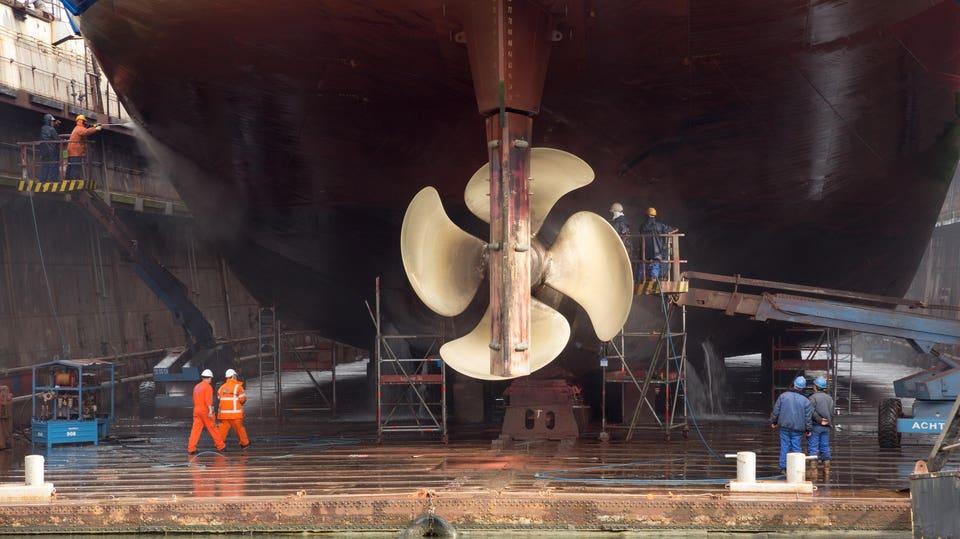Understanding Dry Dock: A Crucial Element in Cruise Ship Maintenance
When a cruise ship enters dry dock, it undergoes a transformation that goes beyond a fresh coat of paint. The process holds significant importance for passengers, impacting their onboard experience and safety.
Why Dry Dock Matters to Passengers
Knowing the intricacies of dry dock operations and being aware of when a ship last underwent refurbishment can greatly influence your cruise choices. While a ship’s age is one factor, its dry dock history reveals essential details about its upkeep and modernization efforts.
In essence, dry dock involves the temporary removal of a cruise ship from the water for comprehensive maintenance, upgrades, and regulatory assessments. In recent times, dry dock periods have evolved into strategic opportunities for cruise companies to elevate passenger satisfaction and ensure that older vessels remain competitive in a dynamic market.
The Impact on Passenger Experience
For travellers, understanding a ship’s dry dock history is akin to peering behind the curtains of the cruise industry. It sheds light on the investments made to enhance amenities, safety features, and overall guest comfort. By delving into a ship’s maintenance record, available on platforms like Cruise Critic, passengers can gauge the level of commitment a cruise line has towards ensuring a modern and enjoyable onboard experience.
When planning your next cruise, particularly aboard a ship that has surpassed the decade mark, a brief investigation into its dry dock past can provide valuable insights. While age offers a glimpse into a ship’s past, its dry dock legacy unveils a narrative of continual improvement and adaptation to meet evolving passenger expectations.
Ultimately, the process of dry docking symbolizes a commitment by cruise operators to maintain high standards of service, safety, and innovation, ensuring that every voyage is not just a journey but a memorable experience for every passenger on board.


